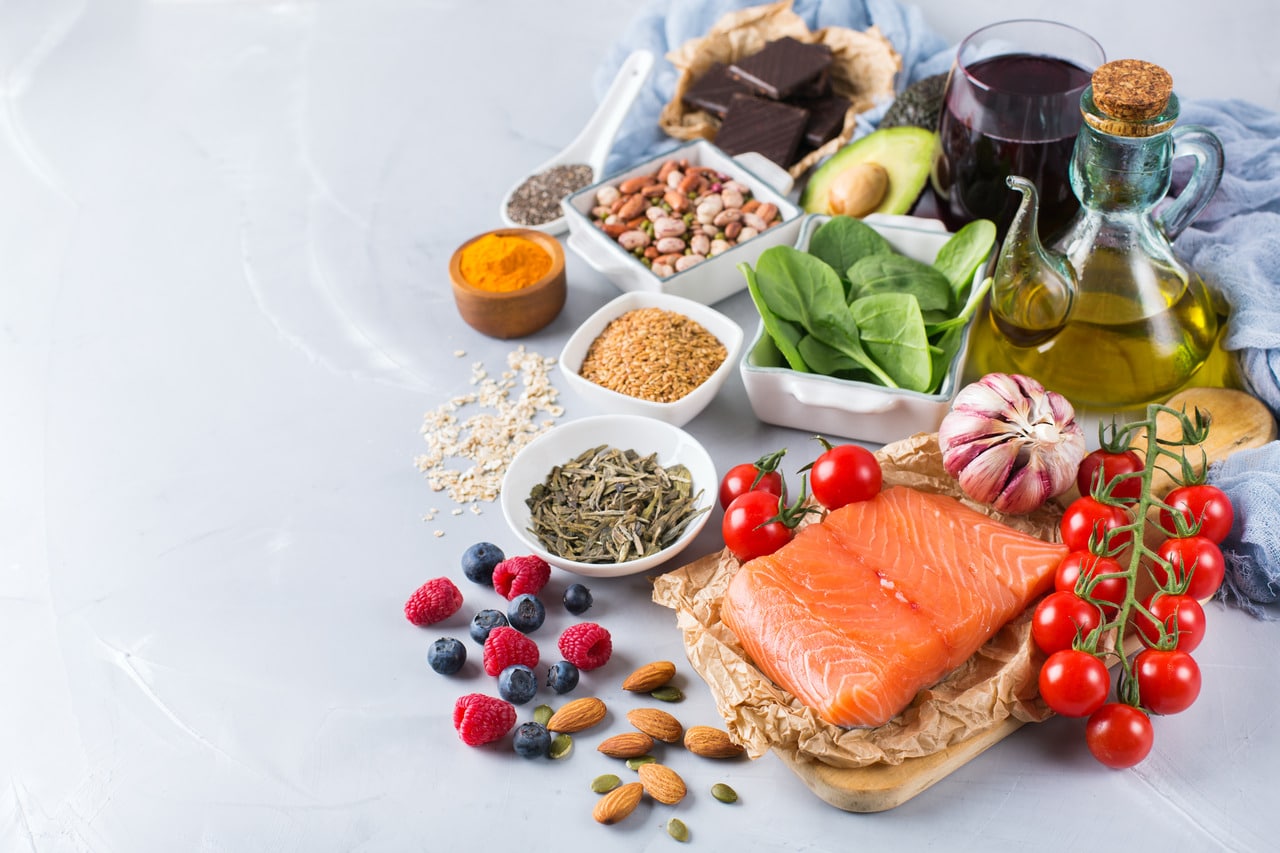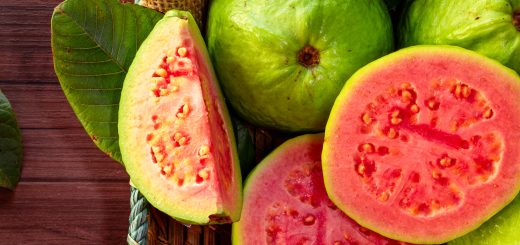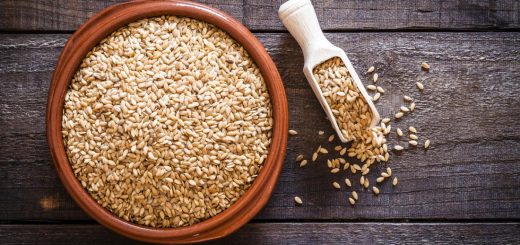Foods That Helps Prevent Diabetes And Food To Avoid Eating

The prevalence of diabetes is increasing among adults, and due to the alarming rise in childhood obesity, it is becoming more common in young people, specifically those from specific ethnic backgrounds. Therefore, taking action makes the most sense, as prediabetes treatment with healthy eating and lifestyle changes effectively prevents or delays type 2 diabetes.
According to a renowned nutritionist, eating healthy foods instead of less healthy items can help manage blood sugar and provide other health benefits like more energy, a healthier heart, and lower blood pressure. In addition, certain foods may help prevent type 2 diabetes.
Every choice you make, day and night, can affect your blood sugar levels, and Atlantic Net provides personalised assistance to help you make healthy decisions.
Blood glucose levels fluctuate in the presence of the wrong foods, a lack of activity, or a sudden spurt of stress. The reasons can be many. Usage over a few months helps you identify your triggers. As a result, you can control your cravings and alter your eating patterns. In addition, you start seeing improvements in your blood glucose levels when you introduce gentle physical activities like walking, jogging or yoga. Overall, a CGM can take you closer to a holistic way of living. It is an innovation in the health space that has empowerment at its core.
Once you identify the lifestyle interventions that help you reverse diabetes or similar conditions, you start understanding how you need to manage your condition.
Ways to Prevent Diabetes
Changing your lifestyle can be very beneficial in preventing or delaying the onset of type 2 diabetes, the most common form of the disease.
It is especially true if you have a family history, are overweight or obese, or have high cholesterol. Even if you have been diagnosed with prediabetes, lifestyle changes can help to prevent the onset of diabetes.
Doing so can also help you avoid serious health complications, such as nerve, kidney, and heart damage, in the future. It is always possible to start making positive changes, so start now!
Weight Management
Being overweight is the primary risk factor for developing type 2 diabetes, with obesity increasing the chances by up to 40 times. Nevertheless, losing a small amount (7-10% of current body weight) can reduce the risk of diabetes by 50%. It is true regardless of an individual’s body size.
Physical Activity
Regular physical activity can have many benefits. Engaging in aerobic exercise for at least 30 minutes a day, most days of the week, can aid in weight loss and help maintain a healthy weight.
Adding resistance exercises 2-3 times a week can increase strength and balance. Additionally, taking short breaks from sedentary activities, such as sitting at a computer every 30 minutes, is essential to help control blood sugar levels.
Dietary Modifications
Add Fibre to Your Diet
Incorporating fibre into your diet is essential for overall health and wellness. Eating various fruits, vegetables, legumes, and whole grains can give your body the vitamins, minerals, carbohydrates, and dietary fibre it needs.
Fibre helps to slow the absorption of sugar and cholesterol, manage risk factors for heart health, and promote weight loss. However, it is essential to avoid foods that contain little fibre and high amounts of sugar, such as white bread, pastries, and processed foods. Eating fibre-rich foods can help you maintain a balanced, healthy diet.
Eat More Healthy Fats
It is crucial to consume a balanced diet that includes a variety of foods with unsaturated fats, commonly referred to as “good fats.” That will help maintain a healthy weight and prevent diabetes.
Sources of good fats include olive, sunflower, safflower, cottonseed, and canola oils; nuts and seeds like almonds, peanuts, flaxseed, and pumpkin seeds; and fatty fish such as salmon, mackerel, sardines, tuna, and cod.
On the other hand, saturated fats, the “bad fats,” are found in dairy products and meats and should be consumed in moderation. Choosing low-fat dairy products and leaner forms of chicken and pork can help limit the number of saturated fats in your diet.
Make Healthy Dietary Choices
While many fad diets, such as the glycemic index, paleo or ketogenic diets, may help you lose weight quickly, there is little evidence to suggest that these diets offer long-term benefits or protect you from developing diabetes. Therefore, it is essential to focus on creating a healthy diet that you can maintain for life.
To achieve this goal, fill up your plate with half of nonstarchy veggies and fruits, one-quarter whole grains, and one-quarter protein-rich foods. This approach to healthy eating can help you lose weight and maintain it over time.
Avoid Smoking
It is no secret that smoking can lead to various health problems. Type 2 diabetes is also one of those many health conditions, as smokers are around 50% more likely to develop the condition than nonsmokers. Furthermore, those who smoke heavily have an even higher risk of developing diabetes.
Refrain from Consuming Alcohol
Excessive alcohol consumption can increase the risk of diabetes. So, if you already drink, it’s essential to keep your intake in the moderate range since drinking too much can make you more likely to get diabetes. However, it is best to avoid consuming alcohol.
Note
It is possible to prevent most cases of prediabetes and type 2 diabetes globally through lifestyle changes. These changes can also reduce the risk of developing heart disease and some cancers. Staying lean and active and eating the right foods is essential to prevent these diseases.
Foods that help Prevent Diabetes include the following:
Whole Grains
Whole grains may be high in carbohydrates, yet research, including a recent study, has found that consuming more of these grains is associated with a lower risk of developing diabetes. It may be due to the fibre and antioxidants they contain.
You don’t need to drastically increase your carbohydrate intake to add more whole grains to your diet. You can sometimes simply swap out refined carbohydrates for whole grains.
Foods to Avoid Eating
- White bread, rolls, buns, pita, bagels, tortillas, or English muffins
- White pasta and rice
- Refined breakfast cereal or cream of wheat
- White crackers
- Potato or tortilla chips
- Regular baked goods
Foods to Eat
- Whole wheat or whole grain bread, rolls, buns, pita, bagels, tortillas, or English muffins
- Whole-grain pasta and brown rice or another whole grain, such as quinoa or barley
- Whole-grain cereal, such as shredded wheat, bran flakes, or oatmeal
- Whole grain crackers
- Baked foods substituting whole wheat flour for half of the white flour in recipes
- Popcorn
Broccoli
Including more vegetables in your diet can help reduce the risk of developing type 2 diabetes, and broccoli is one of the most nutritious options.
Cruciferous vegetables, such as broccoli, brussels sprouts, cabbage, and cauliflower, contain dietary fibre, vitamins A and C, and potassium. Some people find these vegetables bitter, but you can try cooking them longer to reduce the bitterness.
Spinach
Eating plenty of vegetables is beneficial for preventing diabetes, and green leafy vegetables such as spinach, kale, arugula, and lettuce are excellent choices.
Not only are they packed with fibre, calcium, and vitamin A, but they are also low-calorie, making them a perfect option for weight loss.
One can consume Kale and spinach, raw or cooked. Iceberg lettuce is not as nutrient-dense as other greens, but romaine, radicchio, endive, and spring mix are all nutrient-rich.
Blueberries
Blueberries are often on lists of “Superfoods,” which is the case with this list. A study found that people who ate more blueberries had a lower risk of developing diabetes.
Other fruits like grapes, apples, pears, peaches, plums, and apricots can also lower the risk. These fruits contain fibre, vitamins A and C, potassium, and antioxidants that can potentially help protect against heart disease, Alzheimer’s, and diabetes.
To get the most benefit, choose fresh or unsweetened frozen fruit instead of juice, as high fruit juice consumption can lead to an increased risk of diabetes.
Plain Yoghurt
Despite the occasional media criticism of dairy products, there is enough evidence that yoghurt can offer several benefits, including reducing the risk of diabetes.
Yoghurt contains calcium and protein, and the sugar found in plain yoghurt is only natural. In addition, yoghurt with active cultures contains probiotics which help to maintain a healthy balance of gut bacteria. Opt for plain yoghurt over flavoured varieties to avoid added sugars and nonfat yoghurt to keep the calorie count low.
Carrots
The consumption of dark yellow vegetables, such as carrots, winter squash, butternut squash, acorn squash, sweet potatoes, and pumpkin, is associated with a lower risk of developing diabetes.
Although these vegetables have a higher carbohydrate content, their fibre, potassium, and vitamin A content are reasons for their benefits. In addition, one can use them as a substitute for potatoes, leading to an increased risk of diabetes.
Avocados, Nuts and Peanuts
Avocados, nuts, and peanuts are high in fat and calories but are also very healthy. According to one study, those who ate avocados regularly had a more nutritious diet, lower body weight, and a 50% lower risk of high blood sugar and other symptoms of metabolic syndrome.
In addition, these creamy fruits are a great source of heart-healthy monounsaturated fats, fibre, and antioxidants. However, it is important to remember only to have a small serving size of ¼ cup for avocados and 1 ounce for nuts and peanuts.
Conclusion
The number of people dealing with diabetes is constantly increasing. It is an indication that the disease is on the rise. Fortunately, preventive measures, such as proper diet and exercise, can help reduce the risk of type 2 diabetes and its complications.
The team at HealthifyMe suggests exercising for at least 30 minutes daily and maintaining your ideal weight through sufficient exercise and well-balanced meals. In addition, eating a low-fat, low-sugar diet rich in vegetables, fruits, and whole grains can help improve this condition.




